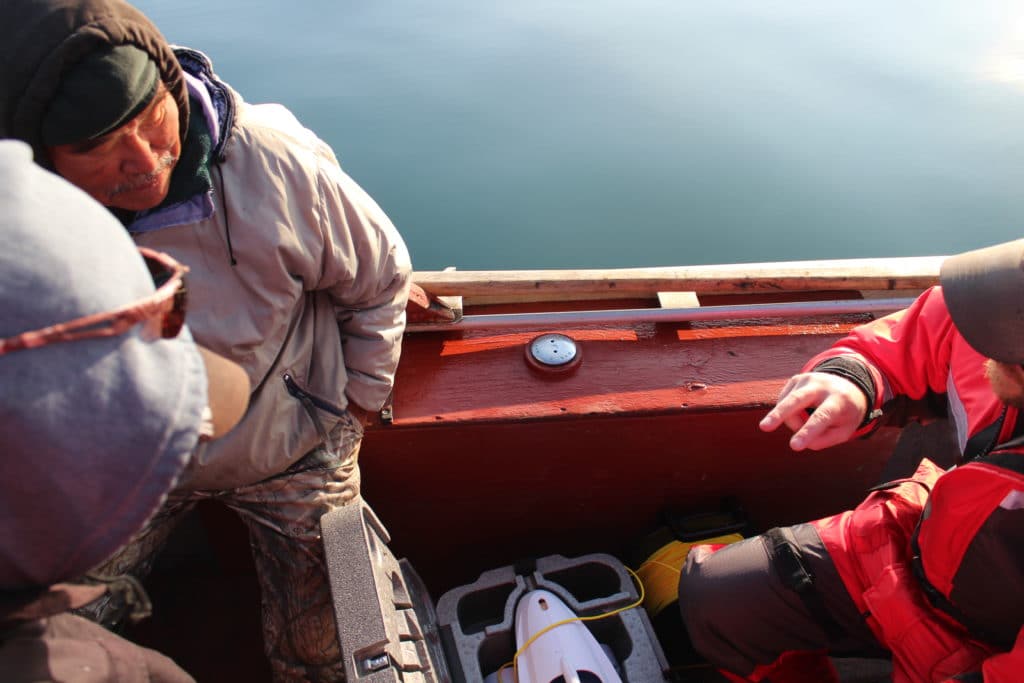Indigenous-led conservation is the path forward
We believe that Indigenous-led conservation is the most effective, equitable and efficient way to safeguard the nature that all of us hold dear. Our work has evolved over time to be more inclusive and, where possible, led by Indigenous partners, and we commit to more of this collaboration in the future.
Partnering with First Nations, Métis and Inuit in their traditional lands and waters, Indigenous-led conservation supports and embraces Indigenous Knowledge, sovereignty and governance while focusing on the specific needs of local communities and nations. After all, these communities are the experts who’ve been stewarding these lands and waters since time immemorial. Their leadership is crucial to conserving wildlife and habitat as well as advancing reconciliation and ensuring economic stability and food security.

WWF-Canada supports programs like Indigenous Protected and Conserved Areas and Inuit Protected and Managed Areas. We have also partnered with Indigenous communities and groups to advocate for common concerns and achieve shared goals. On the West Coast, we’ve successfully assisted Katzie First Nation in restoring a damaged Chinook salmon spawning habitat in the Upper Pitt River’s Blue Creek and currently, we’re collaborating with Gitga’at First Nation in the Great Bear Rainforest on an acoustic monitoring project to reduce impacts of shipping traffic on humpback whales, fin whales and orca. On the East Coast, we support Maliseet efforts in creating a management framework for the threatened Wolastoq (Saint John River) watershed.
We’ve also helped provide training to Guardians programs with the Kaska Nation to protect the Liard River, which flows through B.C., Yukon and Northwest Territories, and with Inuit communities across the country to protect dwindling caribou herds and their habitat and other threatened Arctic species.
We’re also the only conservation organization with a permanent office in Iqaluit — where our lead Arctic specialist, Paul Okalik, Nunavut’s first premier, heads our community outreach — and have seen incredible success with Inuit-led conservation.
Our initial research on the Last Ice Area, where climate scientists project sea ice will persist the longest in our warming world, combined scientific and Indigenous Knowledge. This provided a foundation for the Qikiqtani Inuit Association to negotiate critical protections for Tuvaijuittuq, a Marine Protected Area larger than Labrador that is now a future climate refuge for ice-dependent species, while economically benefiting local communities.
To ensure we’re supporting shared goals, we’ve also invested in opinion polling across the north on issues such as protecting caribou calving grounds (87 per cent are in favour) and offshore oil and gas drilling (65 per cent are opposed).
As we move forward with our new 10-year strategic plan, we are committed to working according to Indigenous Guidance and Knowledge, including partnering with and supporting Indigenous communities where and when requested. This approach is essential to conserving and restoring ecosystems, reversing wildlife loss and fighting climate change with nature.

